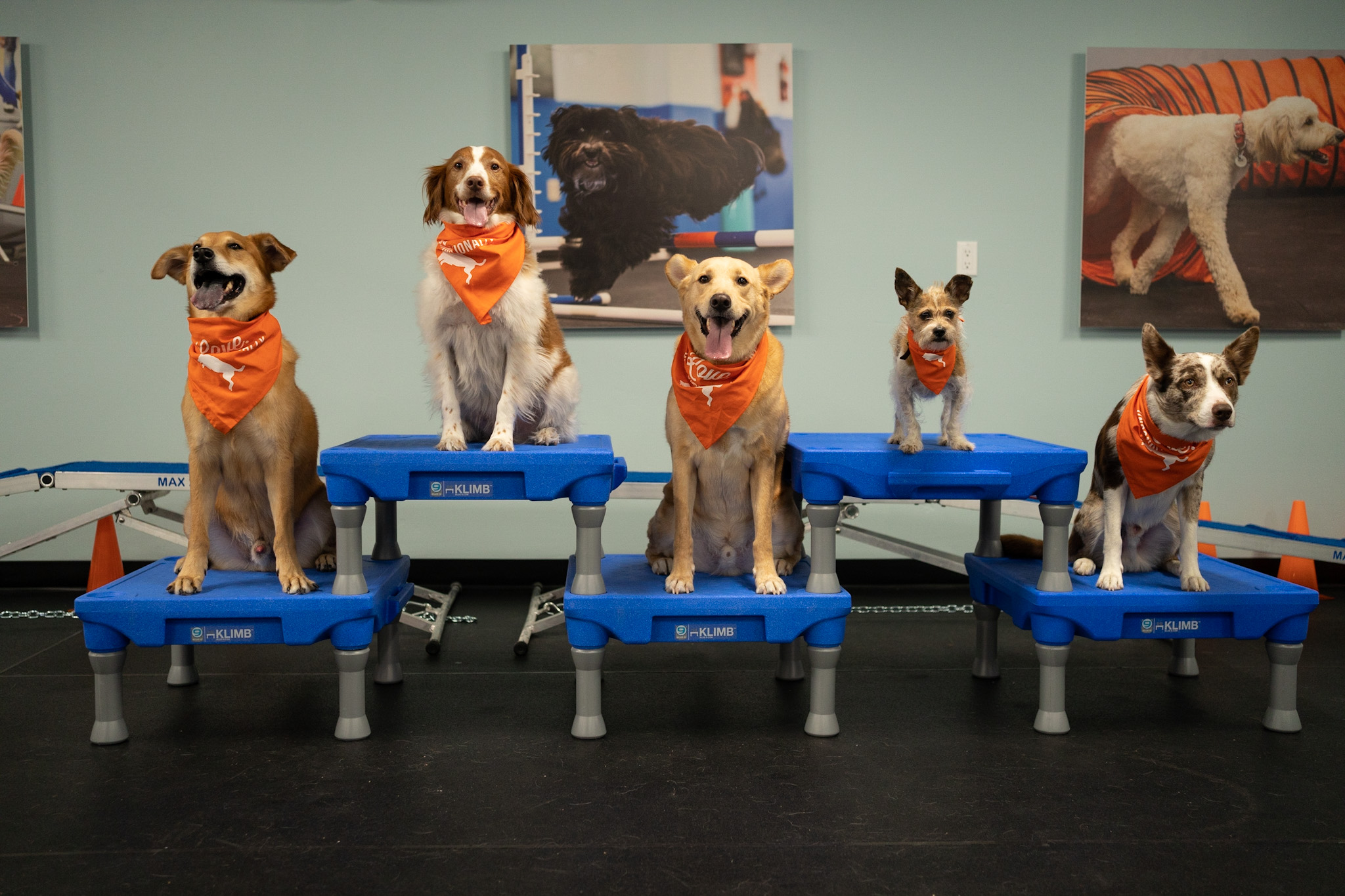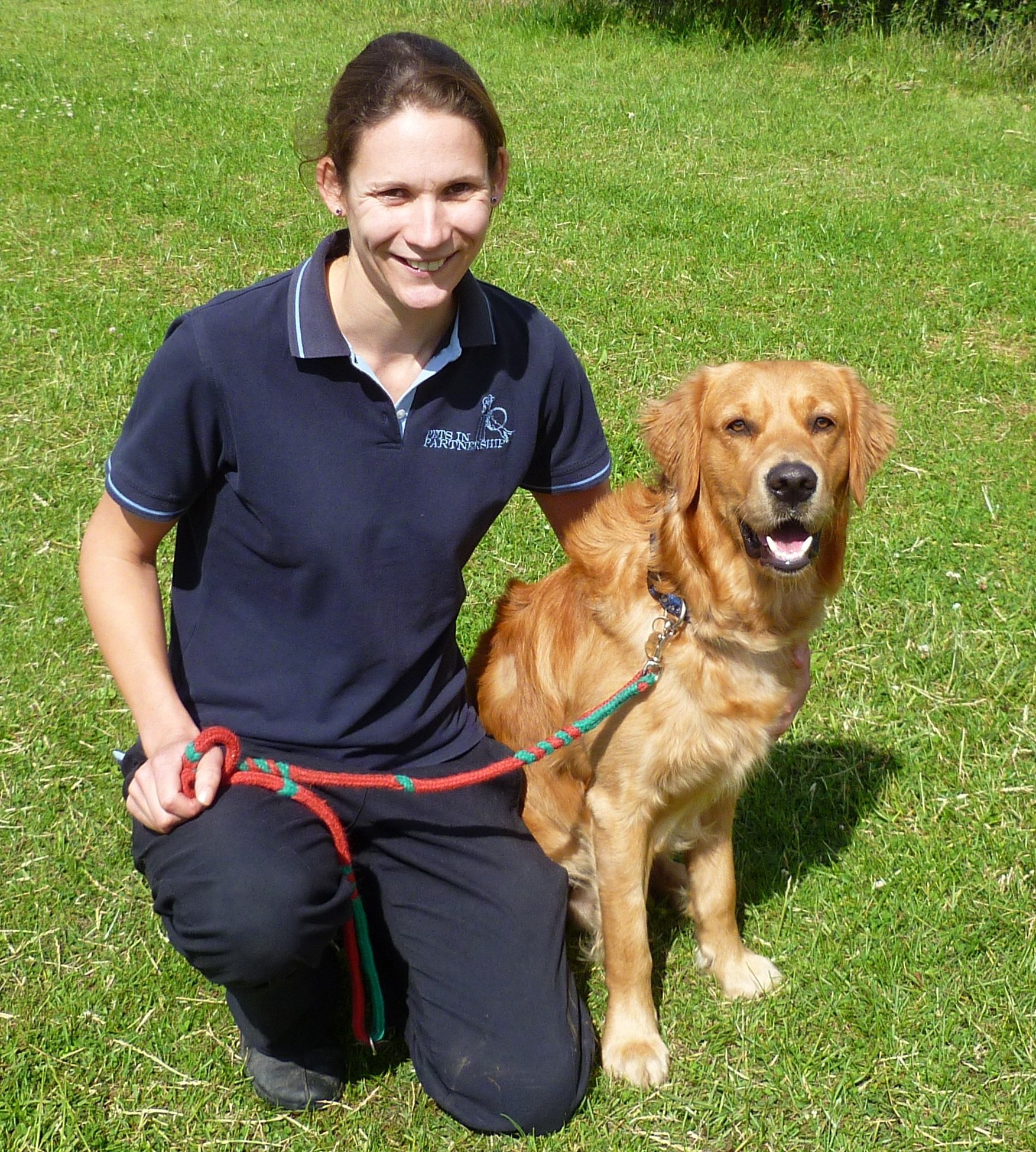Top Strategies for Effective Dog Training Techniques Every Pet Owner Should Know
Top Strategies for Effective Dog Training Techniques Every Pet Owner Should Know
Blog Article
Transform Your Canine's Habits With Proven Training Techniques
Changing your pet's behavior needs a nuanced understanding of their individual characteristics and needs, as well as the application of tested training techniques. Uniformity in your training technique not only improves obedience however likewise promotes a deeper bond of depend on and regard between you and your pet.
Comprehending Pet Dog Habits
Understanding pet actions is important for reliable training and interaction between people and their canine companions. Dogs, as social pets, show a series of behaviors affected by genetics, setting, and experiences - Dog training. Acknowledging these habits helps proprietors customize their training approaches to satisfy the particular requirements of their pets
Trick elements of dog behavior consist of body movement, articulations, and social interactions. A wagging tail commonly suggests enjoyment, while a reduced head might signify entry or fear. Understanding these signals can help owners translate their canine's mood and respond suitably. Additionally, socialization plays a crucial function fit behavior; pets that engage favorably with various individuals and various other animals are typically more adaptable and well-adjusted.
Moreover, identifying anxiety signals-- such as pacing, panting, or avoidance habits-- can prevent escalation right into more major issues. Proprietors that are attuned to their canine's habits can create a nurturing and safe atmosphere, cultivating count on and improving the training procedure. Eventually, a deep understanding of canine habits lays the foundation for an unified connection and reliable training end results, ensuring both canines and their proprietors prosper together.
Positive Support Strategies
Favorable support methods are extensively acknowledged as one of one of the most effective techniques for training pets, promoting a favorable discovering atmosphere. This technique involves rewarding desired habits with treats, appreciation, or play, thereby encouraging the dog to duplicate those habits. Unlike punitive methods, positive support constructs trust fund and strengthens the bond between the canine and the fitness instructor.
To carry out positive reinforcement properly, timing is critical. Benefits ought to be offered quickly adhering to the wanted habits to assist the dog make the link. Consistency is additionally crucial; using the same commands and incentives aids the canine comprehend what is expected. Furthermore, varying the incentives can maintain the pet dog involved - Dog training. Alternating between deals with, playthings, and spoken praise can maintain interest and motivation.
It is necessary to note that positive reinforcement is not regarding bribery; instead, it has to do with reinforcing good habits. Over time, as the pet learns to associate specific actions with favorable results, the regularity of benefits can be gradually reduced, transitioning to spoken praise or recurring incentives. This technique not only urges obedience yet likewise advertises a pleased and certain pet dog, making training an extra enjoyable experience for both parties included.
Dealing With Common Issues
Attending to usual issues throughout pet training is vital for ensuring a harmonious and effective connection in between the pet and its owner. Several pet dog owners run into behavior obstacles, such as extreme barking, jumping, and chain drawing. Recognizing the source of these actions is crucial for effective training.
To minimize this, provide adequate physical exercise, mental stimulation, and opportunities for social interaction with both humans and other canines. Training the dog to sit upon welcoming can redirect this habits favorably.
Chain pulling is another common concern, regularly arising from a dog's passion to explore. Using proper chain taking care of strategies, integrated with training methods that motivate loose-leash walking, can dramatically boost this habits.
Furthermore, issues like resource securing or splitting up anxiety need tailored strategies. Progressive desensitization and counter-conditioning can be reliable in addressing these obstacles. By identifying and proactively handling these typical problems, dog proprietors can cultivate a much more satisfying training experience and strengthen the bond with their canine buddies.
Uniformity in Training

To attain uniformity, it is vital that all participants of the home stick to the very same training techniques. Making use of the very same spoken cues and hand signals guarantees that the canine receives uniform messages. Furthermore, the timing of corrections and benefits must be constant; instant reinforcement raises the possibility that the pet will link the habits with the outcome.
Moreover, establishing a regimen can further improve consistency. Routine practice, coupled with structured routines for feeding, strolling, and play, assistance dogs prepare for and recognize their atmosphere, making them much more receptive to training. Eventually, uniformity promotes a complacency and depend on, empowering pets for more information effectively. By dedicating to a structured approach, trainers can advertise positive actions modifications and cultivate a courteous companion.
Building a Solid Bond
How can cultivating a strong bond in between a canine and its owner improve the training experience? When a pet really feels protected in its connection with its owner, it is a lot more likely to show positive actions and be receptive to discovering.
Moreover, a solid bond facilitates much better communication. Pets are proficient at reviewing human cues, and a trusting connection permits for more clear signals throughout training. Proprietors that spend time in building this bond via play, socialization, and favorable reinforcement produce an environment where dogs really feel determined and excited to discover.
Additionally, a well-established connection can lower anxiousness and behavior problems, as dogs are much less likely to act out when they feel recognized and taken care of. Prioritizing the development of a strong bond not only enhances the training experience however also adds to a better and more well-adjusted pet. Eventually, the journey of training changes right into a collective collaboration, bring about lasting behavioral improvements.
Conclusion

Proprietors who are attuned to their dog's habits can develop a caring and safe setting, fostering count on and improving the training procedure. Ultimately, a deep understanding of canine habits lays the structure for a harmonious relationship and reliable training results, ensuring both dogs and their owners thrive together.
Resolving view it now typical concerns throughout pet dog training is necessary for guaranteeing a successful and harmonious relationship between the pet dog and its owner.Consistency is a cornerstone of effective pet training, as it establishes a clear structure for the pet dog to understand habits and expectations.In final websites thought, transforming a pet dog's behavior with proven training approaches requires an understanding of canine habits, the application of positive reinforcement strategies, and an emphasis on consistency.
Report this page